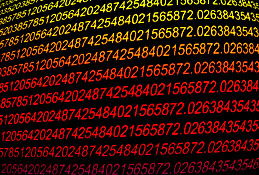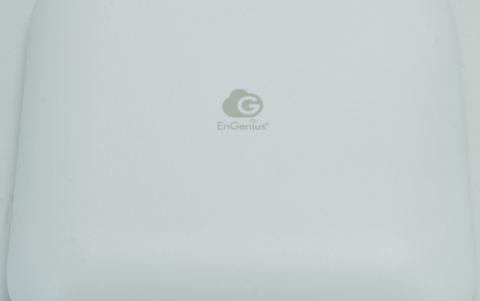Fighting Big Brother
5. Page 5
THE CYPHERPUNK MOVEMENT
“ An apparition is floating over the modern world. It is the ghost of crypto-anarchism…”
This is how the cypherpunks manifesto starts unfolding. The cypherpunks are the most ardent group in favor of the citizens’ rights to use any cryptography products. The author of the aforesaid manifesto is by no means a desolate anarchist, but a multi-millionaire ex-physicist working for the Intel company who, at 34, decided to retire since he had made enough money to secure a life free of any financial problems whatsoever. Timothy May (he is in his mid-forties now) along with 29- year-old Eric Hugues (one of the brightest minds in modern cryptography), are the soul of this new liberal movement. Their aim is to conserve privacy in the era of informatics. “One of the biggest issues of the new era is electronic transaction” they state in one of their articles “ While traditional transactions via paper money are in process no one can detect our preferences in relation with what we consume. Keeping a watch on somebody’s electronic transactions (a pretty easy case provided they are not ciphered), the films they see, the books they buy and so on, one can easily create their psychological or political profile. No one can be absolutely certain that the Big Brother is not peeping on them. The answer to this threat is no other than cryptography. (…) Governments all over the world are claiming the monopoly of this science and bring forward all kinds of obstacles to its spreading…”
Thus, the aim set by the cypherpunks is to succumb that sort of resistance and to spread ciphering tools to wider population strata. “Rise”, May concludes with his neo-liberal manifesto, “you’ve got nothing to lose but the barbed wire keeping you within”

Why cryptography cannot be banned
It might seem a paradox, but the only course of action governments are capable of assuming is to control the production or the trafficking of powerful ciphering machines. Transmission as well as reception of encoded messages is impossible to be banned. And this is due to several simple reasons:
- A ciphered message is protected by the freedom of speech principle. In other words, if someone wishes to utter or write “skey-whi” instead of “whiskey” one has every right to do so.
- By incriminating encoded messages’ transmission, wider forms of expression are being incriminated. When, for example, we wink when saying something, we are practically encoding the message we are uttering…
- It is impossible for someone to tell a ciphered message from the noise produced by the channel through which the message is being transmitted. That is, if a digital telephone line transmitting encoded messages is being bugged, the only thing to be heard is just an incessant “buzz”.
- Finally, modern cryptography is in the position of making use of the gaps in digital messages transmission so that while talking on a cellular phone one is able to transmit an encoded fax. The only irregularity an eavesdropper could be capable of detecting is a low buzzing sound that would be heard on the line anyway. Taking Timothy May’s assertions for granted, all the plans for the “invisible” Stealth bomber can fit in the gaps of just one digital tape produced by Michael Jacson…













